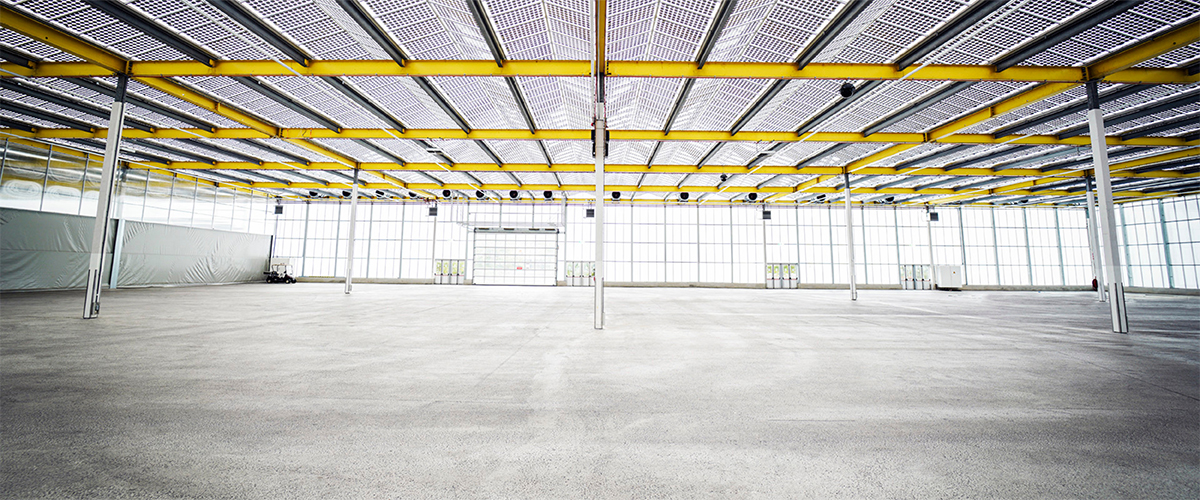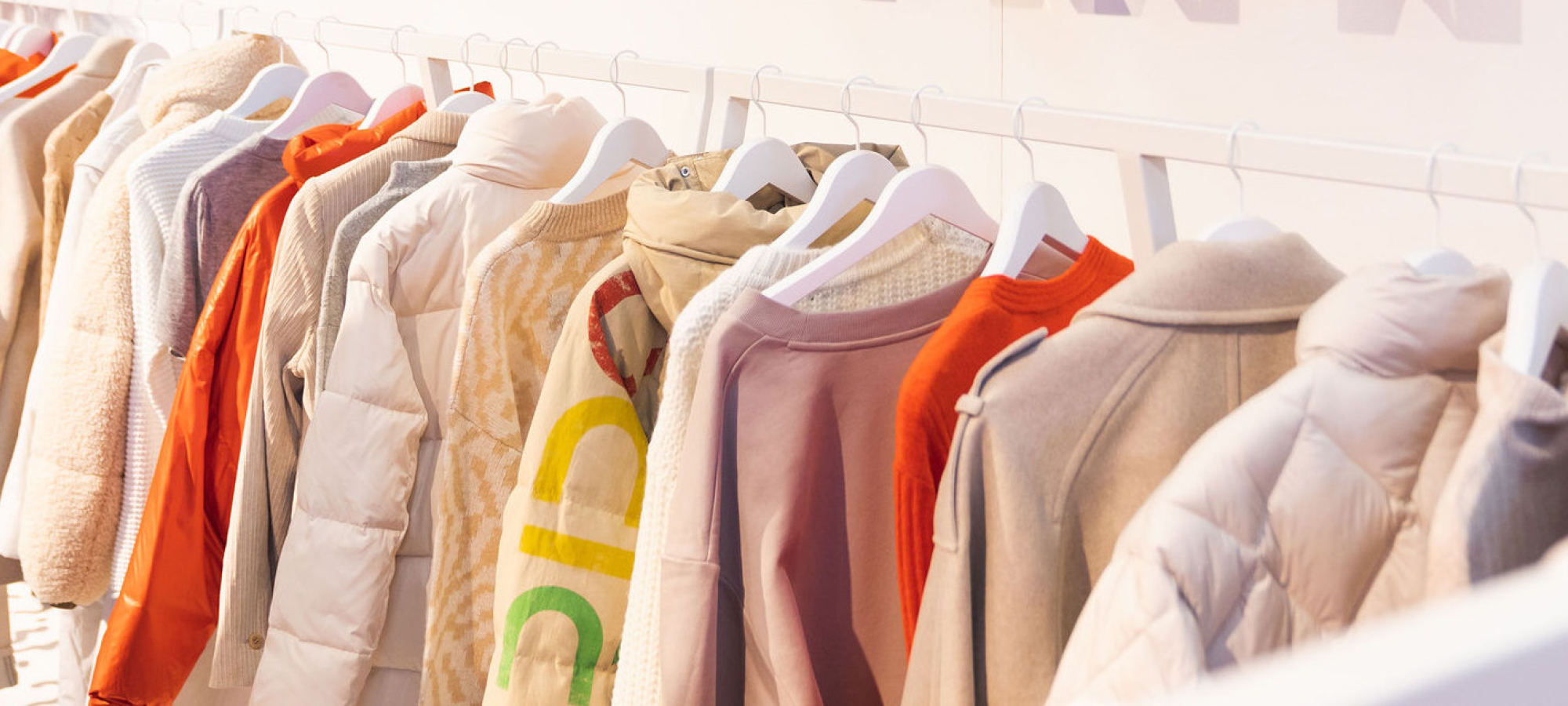EXPO Greater Amsterdam
Stelling 1
2141 SB Vijfhuizen

Create a free retailer account now or view the other options.
EK Retail Forecast 2024: Consumers improve again after two years of decline in purchasing power
With just a few weeks left this year, independent fashion retailers are averaging a 4 percent increase in turnover compared to last year. This is largely attributed to price increases. Therefore, according to EK Retail, when budgeting for the next winter's purchases, it's crucial to consider not only the projected turnover, but also take into account the number of items that need to be sold.
According to EK Retail's data, the sell-through for women's fashion this selling season through December 10 stands at 61% (compared to 60% in 2022). In comparison, for menswear, the sell-through by the same date stands at 50% (compared to 48% in 2022). In women's fashion, this selling season through November saw a 6% sales surplus and 1% more pieces were sold. Fortunately, the margin in women's fashion remains reasonably at last year's level; it is even a fraction higher. Looking at the entire year 2023, women's and men's fashion realized an average of 4 to 5% more sales on 2 to 3% fewer pieces sold. Thus, the increase in sales is largely attributed to higher prices.
Dutch consumers spend more
The fashion industry is posting great numbers when looking at economic trends in the Netherlands. Although our economy stagnated in the third quarter of 2023, consumers spent as much on goods and services as they did in the second quarter. Measured in euros, they spent more, mainly due to higher average prices. ING expects the Dutch economy to grow by 0.7% in 2024. This modest growth follows stagnation of the economy in 2023 (0.2%). The economy is likely to leave the mild recession behind as early as the fourth quarter of 2023. By the end of 2023, the purchasing power development will be significantly more positive than in the first half of the year, due to a decline in inflation combined with wage increases.
Margin preservation
For retailers, it's important to consider the increased prices when evaluating the current selling season and planning for upcoming purchasing budgets. As EK Retail emphasizes, "If we keep doing what we always did, we'll get less than we always got." Traditionally, budgets were set based on turnover goals, but now the number of items becomes a crucial consideration. The same goes for maintaining or increasing margin, which is desperately needed to keep up with rising costs. Buying too much often results in more markdowns, leading to a lower final margin. In addition, as a retailer, you need to ask yourself whether the ratio of margin-bearers to image-bearers within your store continues to provide adequate returns.
Forecast 2024
Looking further ahead to 2024, ING expects consumers to come out of their shells a bit more. An average household will improve after two years of declining purchasing power. Wages will rise faster than prices in 2024. Thus, partly due to a billion-dollar package of purchasing power support, the vast majority of households will see their purchasing power increase. In addition, the Dutch housing market shows signs of recovery, also a favorable sign for consumption. All in all, this is good news for the economy.
Written by Rosita van der Kwaak in collaboration with EK Retail
Share article

